NESTLED in the heart of Cyprus, Marathasa Wines and Casale Panayiotis redefine luxury with a seamless blend of heritage, indulgence, and breathtaking landscapes. We speak with Alexa Papadouris, one of the visionaries behind these remarkable destinations, to uncover the passion, history, and meticulous restoration that brought them to life.
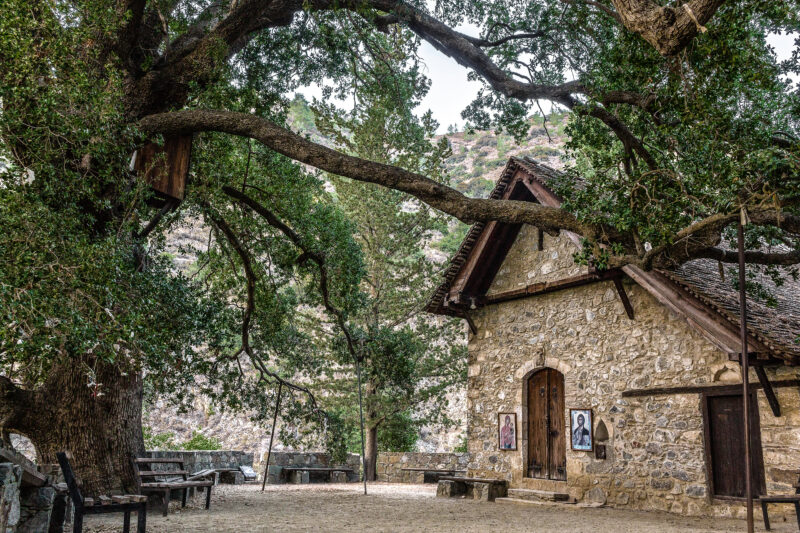
Theoskepasti
What inspired the restoration of the village and the revival of the local wine culture?
It all starts with my father. He was born and raised in Kalopanayiotis until he was around 18. Like many young Cypriots at the time, he left for the UK to pursue education and employment because, back then, making a living off the land was incredibly difficult. The 1950s and 60s saw a mass exodus from the mountain villages as people sought better opportunities abroad.
By the time he returned in 2000, nearing the end of his career, he found a village in decline. The population had dropped from around 1,500 to just 200, mostly elderly residents. The once-thriving community had dwindled, and the old part of the village was in a state of complete disrepair. Buildings had collapsed, and nature had taken over.
Despite the economic boom in Cyprus, driven primarily by coastal tourism, inland villages like Kalopanayiotis had been overlooked. My father wanted to change that. Not to establish a business, but to revive his birthplace. He got himself elected as the village leader, which allowed him to access financial support—from his own savings, the European Union, and the Cypriot government. His first steps were simple: fixing infrastructure, repairing roads, improving drainage systems, and even planting flowers to signal the start of something new.
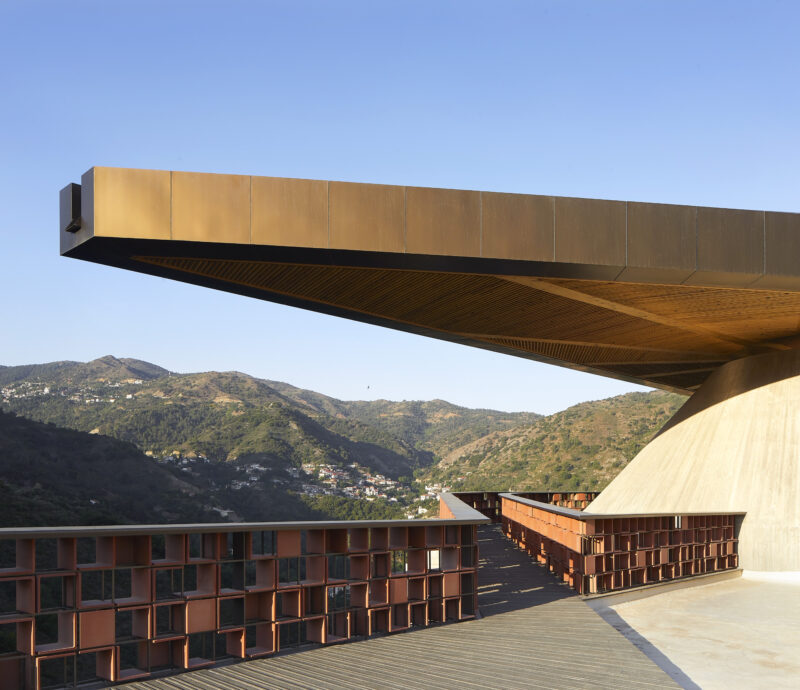
Hufton Crow
How did the tourism revival begin?
Historically, Kalopanayiotis had always been a retreat for both local and international visitors, particularly in the summer months. The Troodos Mountains provided a cool escape from the sweltering Mediterranean heat, and people came from Cyprus and neighbouring countries like Egypt and Jordan to relax. Wealthier visitors would stay in Kalopanayiotis, drawn by the natural sulfur springs and the serene landscape.
My father realised that in order to bring back life to the village, he had to reignite its hospitality legacy. He started buying abandoned homes and applied for European funding to restore them into guest accommodations. At the same time, he set up an office to encourage locals to do the same, offering renovation grants. The response was incredibly positive. But he quickly saw a gap—without restaurants or cafes, tourists wouldn’t stay. So, he converted a few properties into dining establishments, and just like that, Casale Panayiotis was born.
We started small. In 2008, we opened with just 11 rooms. By 2012, we had expanded to 26, and today, we offer 41 rooms, three restaurants, and a spa. Other villagers have followed suit, and now there are around 20–25 additional guest accommodations in the area. The demand has only grown, proving that Kalopanayiotis has become a must-visit destination.
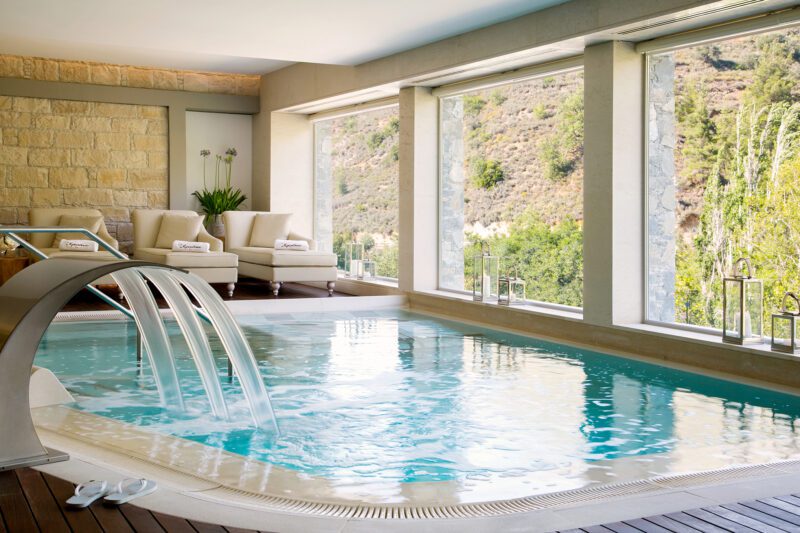
Spa Hydrotherapy Pool
How do you incorporate local traditions into the spa experience?
Kalopanayiotis is built on a steep mountainside, with a river that runs year-round—quite rare in Cyprus. One of its greatest assets is the natural sulfur springs, which have drawn visitors for centuries. These mineral-rich waters were believed to have healing properties, with references to them dating back to Venetian times.
At Casale Panayiotis, we wanted to embrace this tradition. We’ve piped the sulfur water into one of our treatment rooms, where guests can enjoy a therapeutic bath experience just as people did centuries ago. Even in my childhood, I remember my grandfather sending me to collect sulfur water for him to drink, as it was believed to aid digestion. Today, our spa honours these age-old wellness practices while integrating modern luxury treatments.
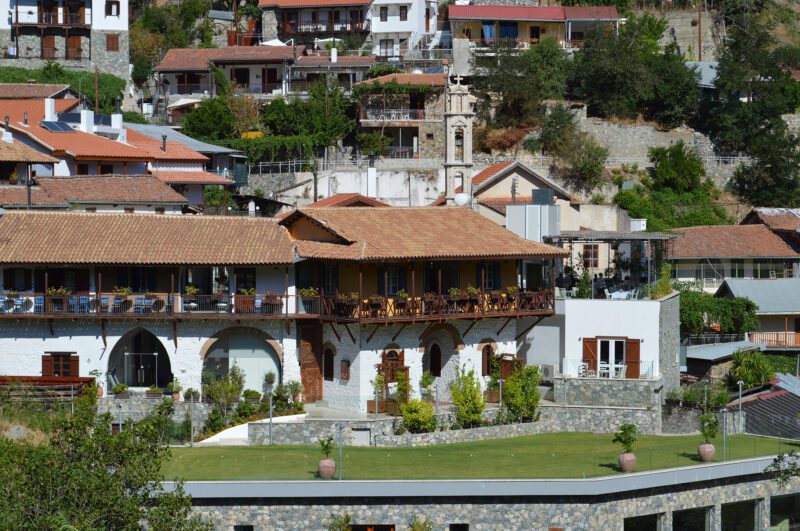
Casale Panayiotis
How do you champion sustainability in your resort?
Sustainability is at the heart of everything we do. A few years ago, we hired a dedicated team member to focus solely on sustainability, and we worked closely with the Global Sustainable Tourism Council (GSTC), which is affiliated with the United Nations. Casale Panayiotis became the first and, at one point, the only hotel in Cyprus accredited by the GSTC.
We focus on three key sustainability pillars: environmental impact, cultural sustainability, and community engagement. To minimise our environmental footprint, we have significantly reduced plastic use, implemented comprehensive recycling, and introduced composting. When we first started, there was no recycling service in the village, so we collaborated with local authorities to establish one. Now, all our food waste is composted and used as manure for our orchards and vineyards. In terms of cultural sustainability, we prioritise hiring local staff to support the community and actively contribute to local industries such as beekeeping and traditional sweets production. Our commitment to community engagement encourages guests to visit local businesses, participate in cultural experiences, and support the village economy. Additionally, we undergo reassessments every two to three years to ensure continuous improvement in our sustainability efforts.
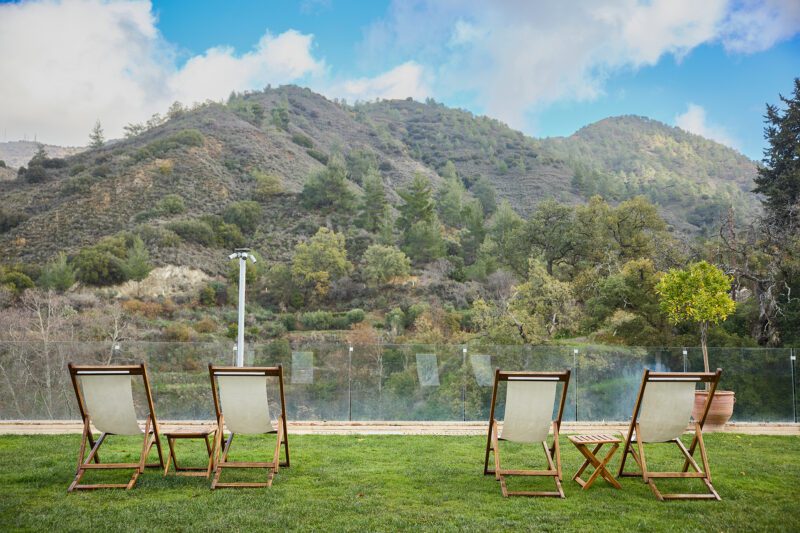
Can you tell us about the wine heritage in the Marathasa Valley?
The Marathasa Valley has a deep-rooted winemaking tradition. We have historical records dating back to the 1700s that mention wine from Kalopanayiotis, written by Italian travellers. Most homes in the village once had a ‘patitiri,’ a stone trough used for grape treading.
When my father was young, the mountains were covered in vineyards. Unfortunately, many were abandoned over time. In 2014, he set out to restore the region’s viticultural heritage. He started purchasing and leasing old vineyard plots, replanting them, and even carving new terraces into the mountainsides. Our vineyards sit at an altitude of 1,000 to 1,100 meters, on north-facing slopes, which provide ideal conditions for premium wine production.
For us, Marathasa Wines is more than just producing high-quality wines—it’s about preserving the region’s centuries-old winemaking legacy and ensuring that future generations can continue this tradition.
What makes Kalopanayiotis a must-visit destination today?
It’s a place where the past and present exist in perfect harmony. Guests can wander through cobbled streets, admire beautifully restored stone houses, and immerse themselves in authentic Cypriot culture. The village is also home to the 11th-century monastery of Saint John Lampadistis, a UNESCO World Heritage Site, adorned with breathtaking frescoes.
Beyond history, there’s a real sense of life here. Visitors can experience the therapeutic sulfur baths, savour traditional Cypriot cuisine, and sample wines rooted in centuries-old craftsmanship. Kalopanayiotis is a hidden gem, offering an escape that’s as indulgent as it is deeply connected to its heritage.
by Adina Ilie
Discover more here: Casale Panayiotis Marathasa Wines
